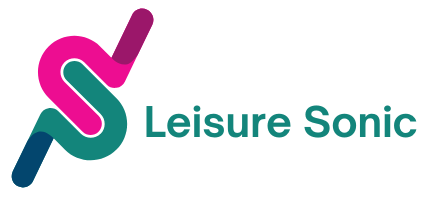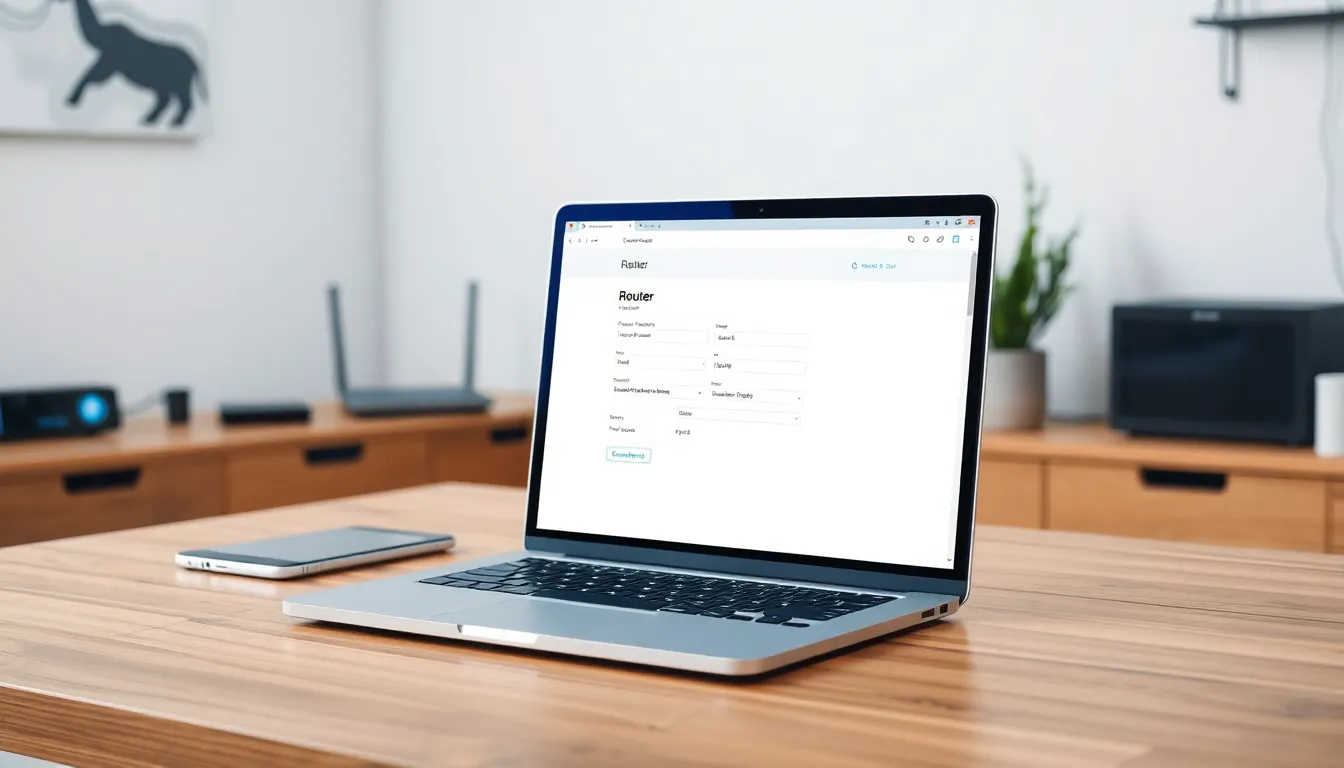Table of Contents
ToggleIn the fast-paced world of SaaS, having a killer product isn’t enough. If your website’s buried on page two of search results, potential customers might never find you. Enter technical SEO—the unsung hero of digital marketing that ensures your site not only looks great but also performs like a well-oiled machine. Think of it as the secret sauce that makes your software shine brighter than the competition.
Understanding Technical SEO for SaaS
Technical SEO plays a pivotal role in marketing for Software as a Service (SaaS). It ensures that a website is optimized for search engines, making it accessible and appealing to potential customers.
What Is Technical SEO?
Technical SEO refers to the process of enhancing the technical aspects of a website to improve its ranking in search engine results. It encompasses activities such as optimizing site speed, ensuring mobile-friendliness, and structuring URLs effectively. Developers focus on ensuring that search engine crawlers can access and index sites without hindrance. Properly implemented, these elements contribute to a positive user experience, encouraging longer site visits and lower bounce rates.
Importance of Technical SEO for SaaS
The significance of technical SEO for SaaS can’t be overstated. Search engines prioritize well-optimized sites when ranking results. An effective technical setup leads to improved visibility, driving organic traffic to a SaaS website. While a superior product draws users, it’s the optimized website that converts them into customers. Consistently applying technical SEO practices results in better site performance and enhances competitiveness in the crowded SaaS market.
Key Elements of Technical SEO for SaaS

Technical SEO plays a vital role in enhancing the discoverability of SaaS websites. Focusing on several key elements significantly improves search engine performance and usability.
Website Architecture
Effective website architecture facilitates intuitive navigation for users and search engines. A logical hierarchy ensures users can find information quickly. Structuring URLs in a clear manner enhances understanding of content relevance. Implementing breadcrumb navigation offers easy access to previous pages. Furthermore, an XML sitemap helps search engines index the site more efficiently, ensuring proper visibility in search results. Optimizing internal linking strengthens content relevance, guiding users and search engines alike through related pages.
Mobile Optimization
Mobile optimization remains crucial in an age where over 50% of global web traffic comes from mobile devices. Responsive design ensures a seamless experience across various screen sizes. Prioritizing fast loading times helps retain mobile visitors. Integrating touch-friendly buttons enhances usability for users navigating on smartphones and tablets. Regularly testing mobile pages with tools like Google’s Mobile-Friendly Test assesses compatibility and performance. Ensuring visual elements render correctly on mobile improves user engagement, leading to increased conversions.
Page Speed Optimization
Page speed directly influences user experience and search engine rankings. Aiming for loading times under three seconds keeps users engaged and reduces bounce rates. Utilizing image optimization techniques, such as compressing images without losing quality, significantly enhances page load speed. Implementing browser caching allows frequently visited pages to load faster for returning users. Minifying CSS, JavaScript, and HTML files further reduces the amount of data transferred. Regularly monitoring speed with tools like Google PageSpeed Insights identifies areas for improvement, ensuring optimal performance over time.
Implementing Technical SEO Strategies for SaaS
Technical SEO strategies are vital for maximizing visibility and performance in SaaS. Proper implementation leads to enhanced discoverability, ensuring that the site ranks favorably in search engine results.
XML Sitemaps
XML sitemaps play a crucial role in guiding search engines through website structure. These files provide a comprehensive list of URLs, making it easier for search engines to index all pages. Regular updates to these sitemaps ensure that new content gets recognized promptly. Prioritizing important pages in the sitemap can enhance their visibility in search results. SaaS providers must verify sitemap configurations in tools like Google Search Console to confirm proper submission.
Robots.txt Files
Robots.txt files control how search engines crawl and index site content. By specifying which pages to include or exclude, these files help manage crawl budget effectively. It’s essential to ensure that important resources remain accessible to crawlers. Misconfigurations can lead to unintentional blocking, negatively impacting indexation. Regular reviews of robots.txt file help maintain optimal settings, catering to ever-evolving content needs.
Canonical Tags
Canonical tags prevent duplicate content issues within SaaS websites. By specifying the preferred URL for a particular page, these tags direct search engines to the correct version, consolidating link equity. Implementing these tags enhances clarity, ensuring that search engines focus on the intended page. SaaS organizations should audit pages for duplications and apply canonical tags where necessary. This approach leads to improved rankings and accurate indexing.
Monitoring and Analyzing Technical SEO Performance
Monitoring and analyzing technical SEO performance is vital for sustaining and improving website visibility in search results. Effective tracking helps identify optimization opportunities and gauge progress.
Tools for Tracking Technical SEO
Popular tools such as Google Search Console, SEMrush, and Ahrefs facilitate tracking technical SEO. Google Search Console provides insights into website performance, indexing issues, and search queries driving traffic. SEMrush offers comprehensive site audits, identifying areas needing improvement. Ahrefs excels in backlink analysis, monitoring site health, and tracking keyword rankings. Each of these tools plays a significant role in providing actionable data that guides technical SEO strategies.
Metrics to Consider
Key metrics to consider include crawl errors, page speed, and mobile usability. Crawl errors indicate issues preventing search engines from indexing pages effectively. Page speed directly influences user experience and affects search rankings. Mobile usability reflects the efficiency of a site on mobile devices, crucial given the increasing mobile traffic. Tracking these metrics regularly helps ensure optimal site performance and enhances the overall technical SEO strategy.
Technical SEO is an indispensable component for SaaS companies aiming to thrive in a competitive digital landscape. By focusing on site speed mobile optimization and effective website architecture businesses can significantly enhance their online visibility.
Implementing strategies like XML sitemaps and canonical tags ensures that search engines properly index content while minimizing duplicate issues. Regular monitoring and analysis of SEO performance metrics are crucial for ongoing success.
Ultimately a well-optimized website not only attracts more visitors but also converts them into loyal customers. Prioritizing technical SEO is essential for any SaaS business looking to stand out and achieve long-term growth.





